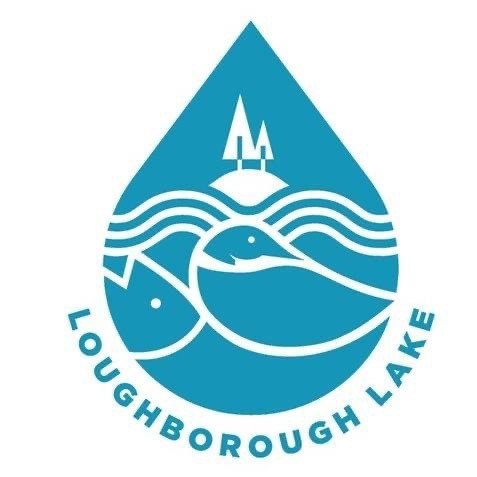Loughborough Lake Trout Stocking
For those of you who don’t know, the Battersea Loughborough Lake Association has forged a partnership with the Ministry of Natural Resources and Forestry (MNRF) and the White Lake Fish Culture Station near Sharbot Lake to release Manitou Lake Trout fingerlings into Loughborough Lake yearly. Unfortunately, due to COVID-19, our dedicated volunteers were unable to take part in the project both last spring and this year. The staff from the fish culture station, who released the fish last year from a location in the west basin, did so again this year during the week of April 12th when the receiving temperatures of the lake would have been optimal. Fortunately, they were able to secure a site on the north shore of the west basin. In both cases, 15,000 yearlings were placed into the water. While not as ideal as when volunteers put the fish in designated deep-water locations in the west basin, we are pleased that MNRF and the fish culture program have continued to include our lake in their yearly plans.
Records from MNRF indicate that trout yearlings from the fish culture facility have been put into our lake since at least 1974. For those of you interested in stats, some highlights include:
• The number of fish released range from a low of 1,300 in 1974 to a high of 112,682 thirty years later.
• From 1990 until 2003, approximately 35,000 to 40,000 trout were released yearly.
• No trout were released in 2005 and 2011.
• Since 2015, a total of 15,000 lake trout have been placed in the west basin each year.
Until 2014, MNRF and hatchery staff worked together to put the lake trout in the west basin of Loughborough, sometimes with the assistance of one or two volunteers. In 2015 the Storrington Guides Association - whose interests overlap in many ways with that of the BLLA - set up a meeting with the MNRF and the Lake Association. The discussion led to confirmation of a netting project on our lake and a commitment from the Lake Association to assist with the yearly trout stocking project. Volunteers are recruited to meet with their boats, a cooler filled with cold lake water and a net at a location in the west basin in the early spring. The fingerlings are transferred by the fish hatchery staff from a large, refrigerated tanker filled with cold water to the waiting boats at the shore. Once the boat coolers are filled, the fish are driven to specific locations in the west basin where they are gently placed into the deep, cold water using nets. The project has expanded to include two or three boats from the Queen’s University Biology Department Freshwater Fisheries Conservation Lab filled with students. All of the dedicated volunteers and staff enthusiastically participate in the project which is designed to increase the trout population for those who fish the lake.
One final note … In order to date the fish, staff at the White Lake Fish Culture Station have clipped one fin on each fish following a five-year rotating cycle – RP (Right Pectoral), RV (Right Ventral), AD (Adipose), LV (Left Ventral), LP (Left Pectoral).
The fish on the top has its adipose fin clipped.
(Photo supplied by MNRF, Peterborough District – Kingston office)
Unfortunately, due to budget constraints, 2020 was the last time the fins were clipped.
You can use the edited chart below supplied by the MNRF Peterborough-Kingston office to help date the many large lake trout you’ll be catching this summer!



